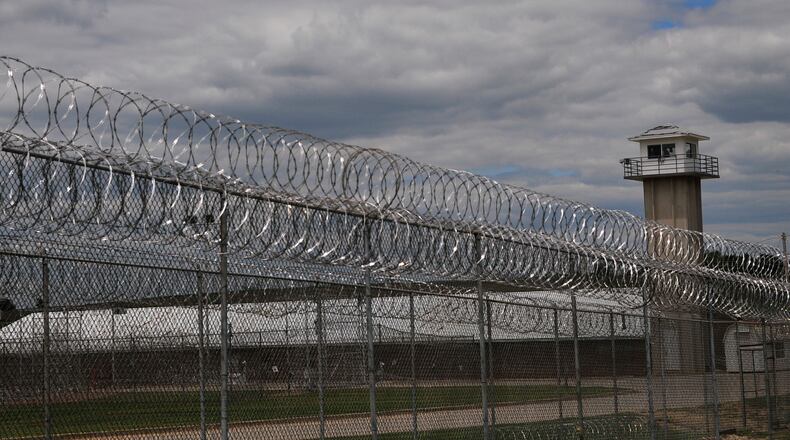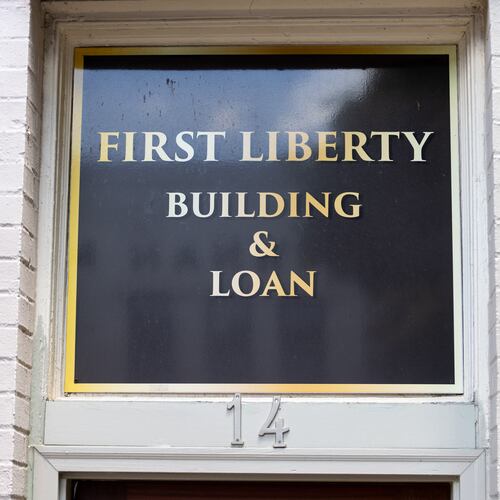Nearly 500 inmates walked out of Oklahoma prisons Monday after having their sentences commuted.
Conservatives and liberals in the state who advocate for changes to the criminal justice system were hopeful the move would help put Oklahoma solidly on track to someday surrender its title as one of the nation’s incarceration capitals.
For more than a dozen years, legislators in a number of Republican-led states, notably Texas, have sought ways to send fewer nonviolent, low-level offenders to prison. But change has been slower to come to Oklahoma, which continues to vie with Louisiana for the highest per capita imprisonment rate in the country.
The state’s 2016 ballot referendum, which was approved by a 16% margin, called for downgrading many felonies to misdemeanors, including simple drug possession and minor property crimes. The Legislature then approved a measure this year making that law retroactive and allowing the state’s pardon and parole board to more quickly review the sentences of many inmates whose crimes would no longer be considered felonies if they were charged today.
On Friday, the pardon and parole board recommended immediately commuting the sentences of 527 prisoners under that law. All but 65 were freed Monday. A record 462 non-violent inmates were let go.
In addition to releasing the inmates, the state is taking other steps favored by criminal justice reform advocates to help prisoners with reentry. Those include ensuring that inmates are released with a state-issued driver’s license or identification card, which are critical for securing jobs, housing and other needs.
State officials said the prisoners being released had on average spent three years incarcerated and were being let out an average of 1.34 years early. About three out of four are men. Officials also estimated the release would save about $12 million in incarceration costs.
"This event is another mark on our historic timeline as we move the needle in criminal justice reform that will offer our fellow citizens a second chance while also keeping our communities and streets safe." — Oklahoma Gov. Kevin Stitt
“This event is another mark on our historic timeline as we move the needle in criminal justice reform,” Gov. Kevin Stitt of Oklahoma said. He pledged to pursue other changes “that will offer our fellow citizens a second chance while also keeping our communities and streets safe.”
Advocates of reducing inmate populations across the country applauded the prisoner release but said Oklahoma remains behind many other states.
“This is a classic example of a state where voters on the right and the left agree on the need for criminal justice reform,” said Udi Ofer, director of the justice division of the American Civil Liberties Union, which has been heavily involved in reform efforts in Oklahoma. “What’s happening today is an important step forward, but much more is needed.”
Ofer said the ACLU and other advocates will continue to push the state Legislature to pass other changes next year, including changes to laws that require some repeat offenses to automatically be subject to much harsher punishment, no matter the circumstances.
“Oklahoma will never substantially reduce its prison population until it tackles sentencing enhancements,” Ofer said.
About the Author
Keep Reading
The Latest
Featured


